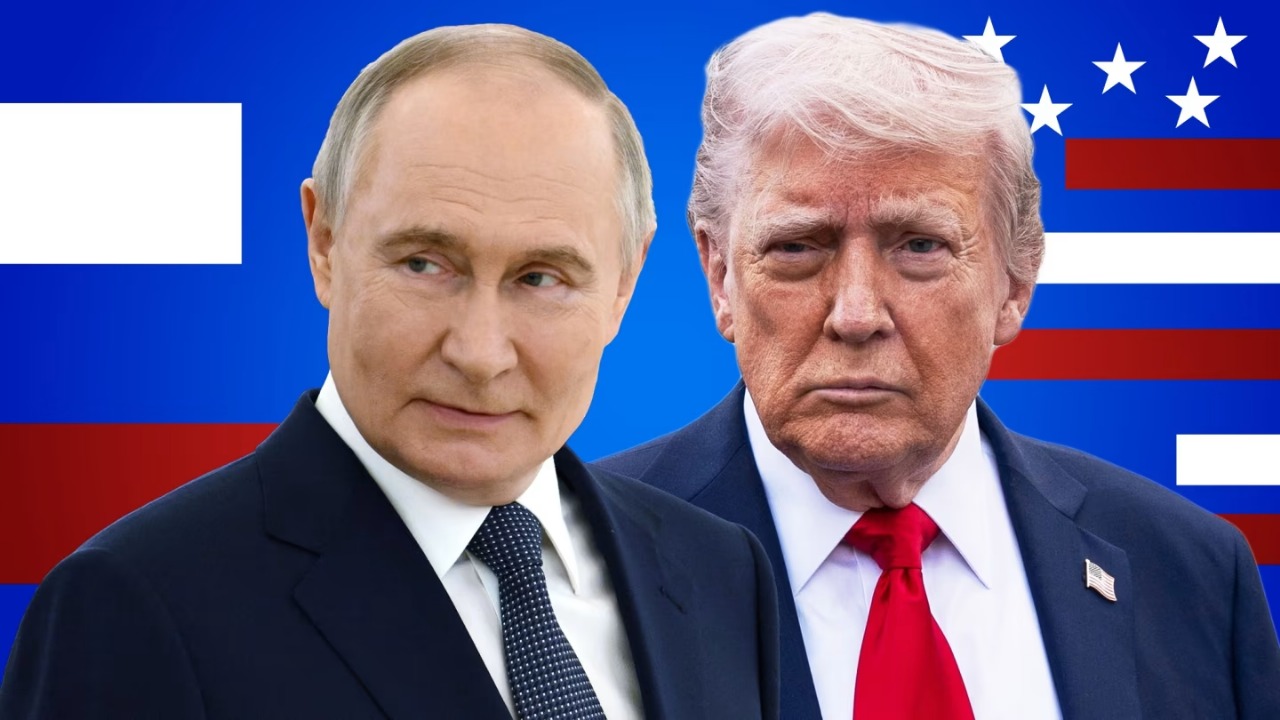
Follow WOWNEWS 24x7 on:

India’s foreign exchange reserves posted a significant jump, climbing to 693.62 billion dollars as of August 8, 2025. This is a sharp increase from the previous week’s level of 688.87 billion dollars, according to data released by the Reserve Bank of India. The rise of nearly 4.75 billion dollars within a single week reflects both strong inflows and robust macroeconomic fundamentals despite recent volatility.
Week-on-Week Reserve Dynamics
The reserves had seen a sharp fall in the week ending August 1, dropping by 9.3 billion dollars as the RBI intervened to stabilize the rapidly depreciating rupee amidst trade tensions and capital outflows.
The current week’s rebound demonstrates the resilience of India’s external sector and the effectiveness of the RBI’s stabilization policies.
Notably, gold reserves and foreign currency assets both contributed to the uptick, supported by global gold price gains and a weaker dollar environment.
The current level marks the highest reserves since the September 2024 peak and gives India a comfortable buffer, sufficient to cover more than 11 months of imports.
Driving Factors Behind the Upward Shift
A surge in foreign currency assets by 2.84 billion dollars to 583.98 billion dollars largely fueled this week’s positive momentum.
Gold reserves also expanded sharply by 2.16 billion dollars, taking the total gold component to 86.16 billion dollars—echoing a global trend as central banks increase gold holdings amid persistent geopolitical and economic uncertainty.
Additional support came from an uptick in the value of India’s Special Drawing Rights (SDRs) with the International Monetary Fund and an improved reserve position with the IMF.
Market and Economic Implications
Rupee Stability
The RBI’s intervention, both in the spot and non-deliverable forward markets, prevented the rupee from breaching its historical low and helped anchor investor confidence.
The rupee closed the week relatively steady, recovering from its sharp earlier slide and finishing at 87.66 per dollar.
Trade and Investment Outlook
The swelling reserves will provide critical support for India’s imports bill, helping insulate the country from external shocks and abrupt changes in global capital flows.
Strong reserve levels reassure global investors and credit rating agencies, underscoring the economy’s resilience in the face of external headwinds like global inflation, oil price volatility, and trade-related uncertainties.
Policy Maneuverability
Elevated reserves offer the Reserve Bank of India significant flexibility in managing exchange rate volatility through targeted interventions.
They also bolster India’s bargaining power in international trade negotiations and grant it greater latitude to respond to balance of payment pressures.
Recent Trends and Developments
While the previous week’s plunge reflected the impact of US tariffs and portfolio outflows, this week’s resurgence points to renewed investor confidence, likely driven by positive domestic developments and a stabilization in the global risk environment.
Rising gold prices have notably reinforced the value of the RBI’s holdings, contributing directly to the overall increase in reserves.
The market expectation is that with such a robust reserves position, India will weather international headwinds comfortably, even as global monetary conditions remain tight.
Looking Ahead
Economists believe that India’s forex reserves will remain at healthy levels, especially as the country continues to attract strong foreign direct investment, and with global gold prices providing a further cushion.
The Reserve Bank of India is expected to maintain its vigilant stance, intervening as needed while allowing for healthy functioning of exchange markets.
India’s pronounced bounce-back in forex reserves this week reaffirms the fundamental strength of the country’s external sector and provides a strong safety net for both policy makers and investors as the nation navigates a complex global economic landscape.
Sources: Reserve Bank of India (RBI), Economic Times, Business Standard, IANS



